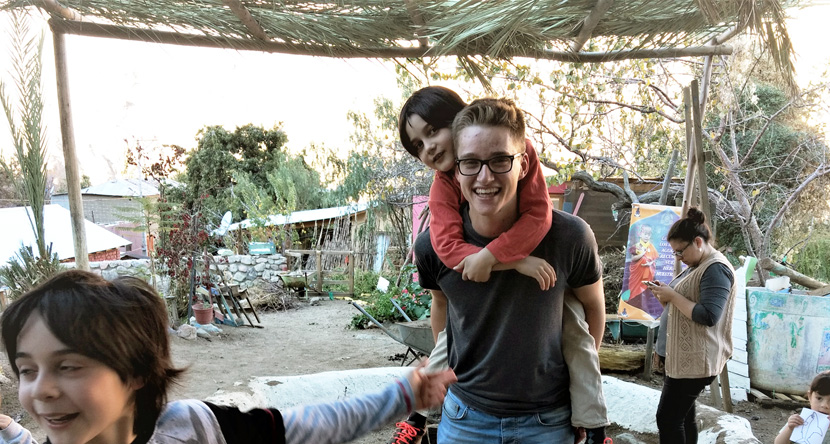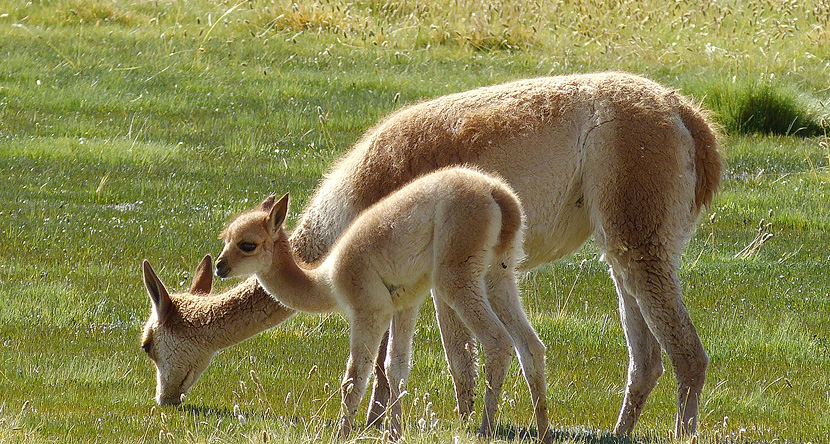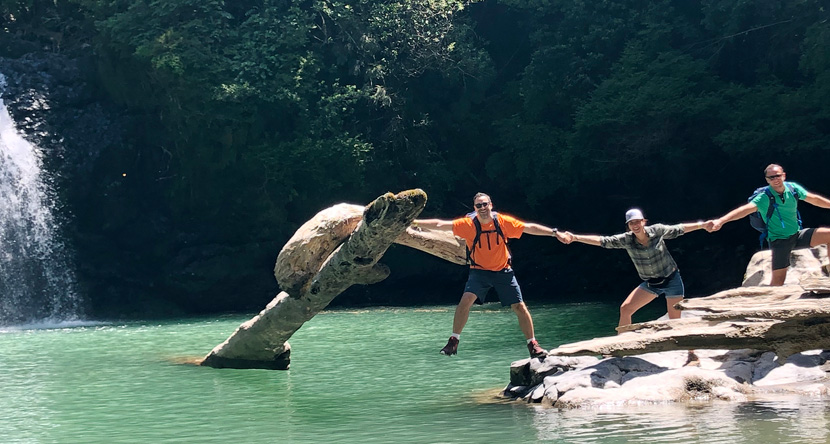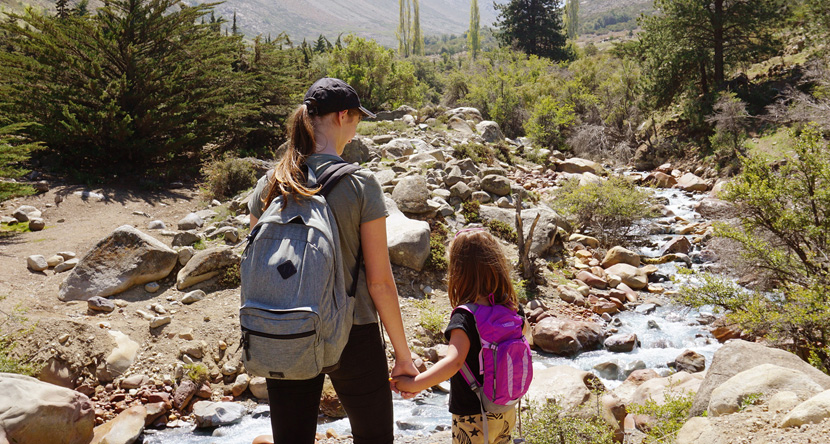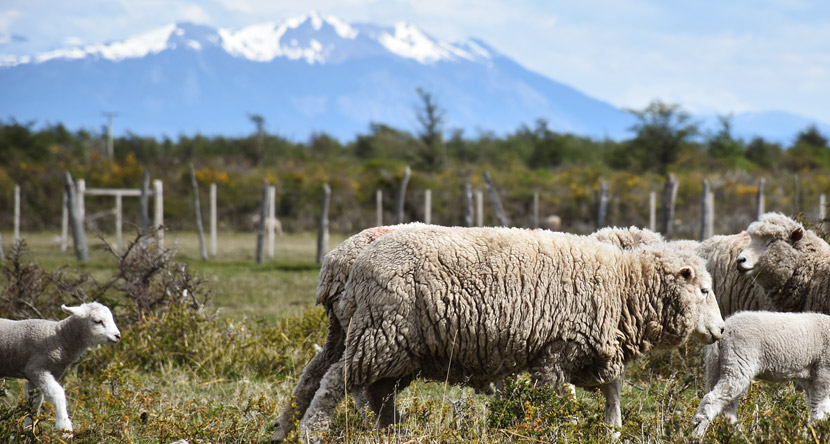Chile
The Whole World in a Single Country
Hidden behind the imposing Andean mountain range lies one of the world’s most unusual countries. Chile - an extremely long and narrow coastal strip is nestled between the Andes and the Pacific Ocean. With a maximum width of only 180 km (112 miles) and an incredible length of 4,300 km (2672 miles), Chile looks quite bizarre when seen on a map. Due to Chile's expansion over 38 degrees of latitude, there are all possible climate and vegetation zones, it seems as if you find the whole world in just one country!
It is said, that after the creation of the world, God had a little left of everything and simply put it behind the mountains. In the north sand, rocks, salt and ores, below this the fertile soil, then in the south the remaining trees and water, and all the way south the rest of the ice - and Chile was created! Anyone who travels this long country from north to south, is inclined to believe this beautiful story.
The origin of the country´s name is not clearly proven. However, it is assumed that Chile is derived from the word "chilli" of the Aymará language, meaning "country where the world ends", which is indeed, quite true.
The great thing about Chile is, that there is something for everyone, really, for every taste! Chile is geographically unique and hides many small and large natural wonders. From the driest desert in the world in the north, to secluded wine valleys and snow-covered volcanoes, untouched forests, beautiful lakes, fjords, rivers and millennia-old glaciers in the south, Chile has is all. The whole thing is framed by the Pacific coast in the west with many beautiful beaches and incredibly delicious fish and seafood dishes, and the majestic Andes in the east, which invite you to go hiking, mountaineering and skiing. Not to forget the mystical Easter Island with its unique culture in the middle of the Pacific and the relatively unknown Juan Fernandez Island (the "real" Robinson Crusoe Island) - If someone can't find a favorite place in Chile, just cannot be helped.
This is what you shouldn't miss in Chile:
The Atacama Desert hides an abundance of minerals and raw materials that keep the economy going. Chilean wines, which are now well established on the world market, are grown in central Chile, and there are large salmon farms in the south. Chile is the second largest salmon producer in the world, after Norway.
Over 85% of Chileans live in cities, and over 6 million people live in the lively metropolis of Santiago de Chile. The central region around Santiago is home to over half of the Chilean population. Chile has a total population of around 17 million and is therefore rather small in terms of population, compared to other countries in South America.
During the colonial period, Chile, was conquered and settled by the Spaniards. In the early 19th century, there was a wave of immigration from Germany, Switzerland, Croatia and Great Britain. Traces of this can be found in many surnames and typical dishes. Southern Chile in particular was strongly influenced by the customs and gastronomy of these immigrants.
Chileans with European ancestors and mestizos make up around 87% of the population and only around 13% have indigenous ancestors (around 80% of them are Mapuche in southern Chile, plus the Aymara, Lican Antai, Quechua and Diaguita from northern Chile and the Rapa Nui from the Easter island).
The people in Chile are generally rather reserved, but overall very affectionate people. They are very proud of their great country and love to be confirmed in this opinion. The Chileans are helpful, friendly and hardworking and will soon welcome you as their new “amigo”.
The geographical conditions in Chile are as varied as the cultural characteristics in each region. This ranges from music to food to customs and clothing - every landscape has shaped the people living there in particular - it is worth getting to know them all on a trip through the country!



